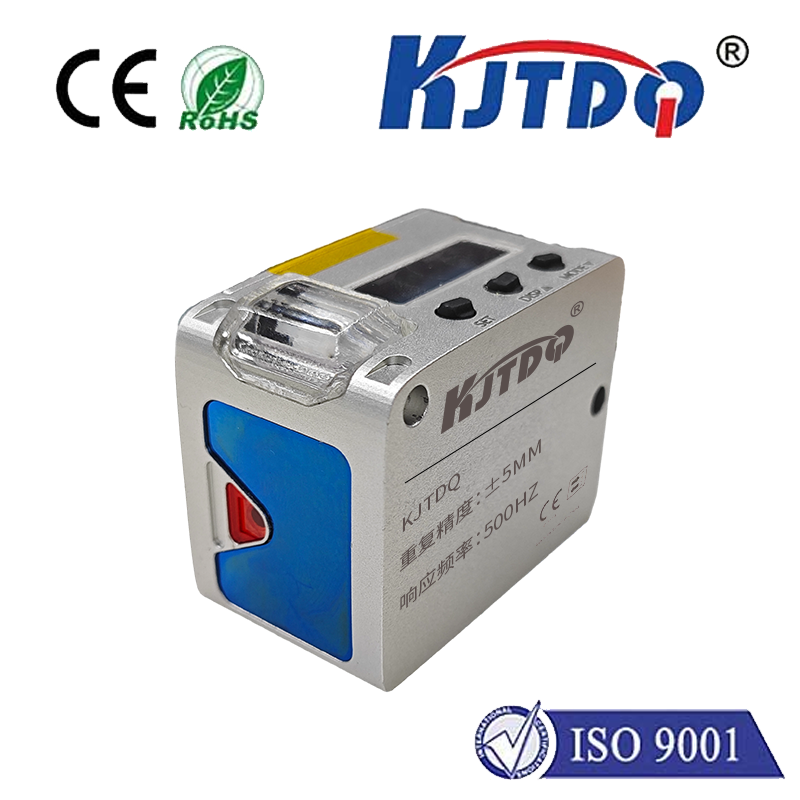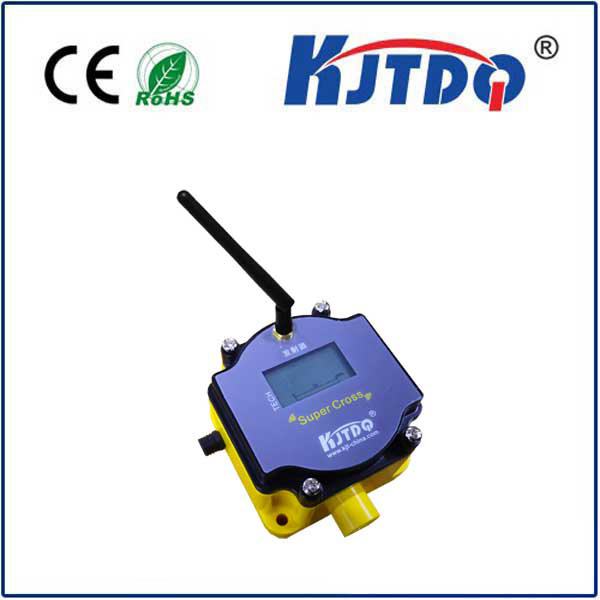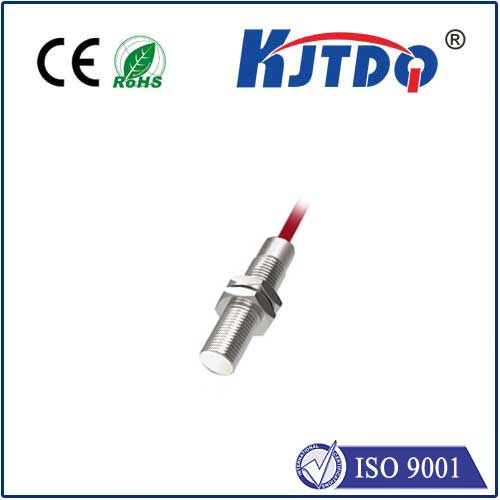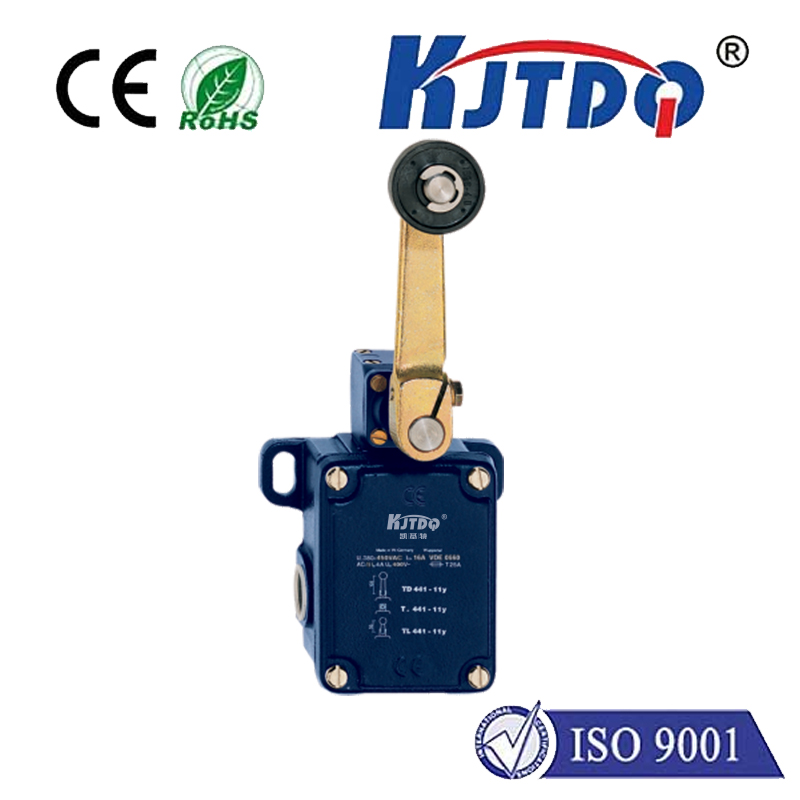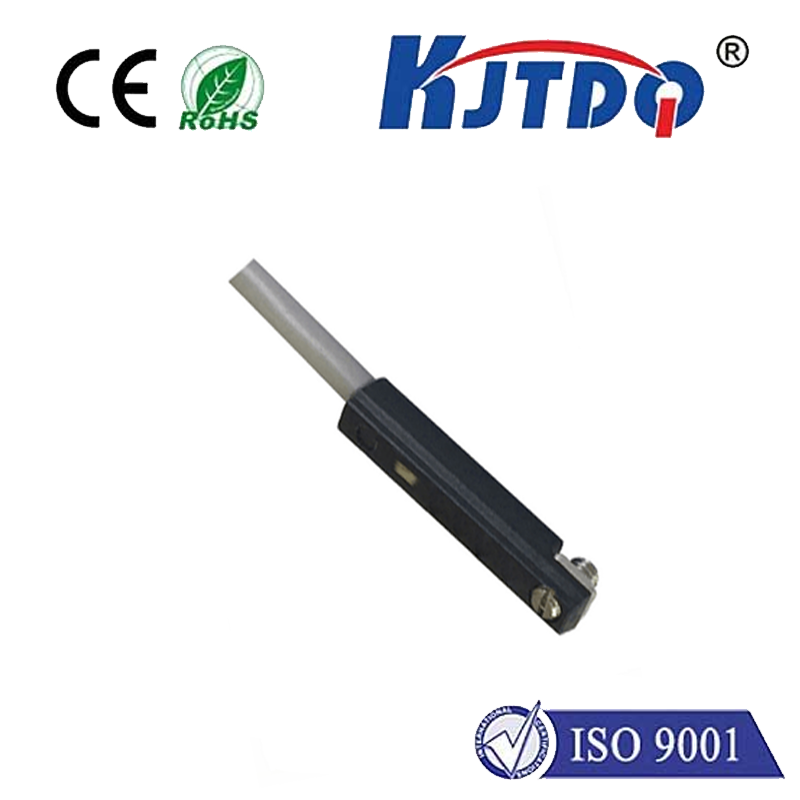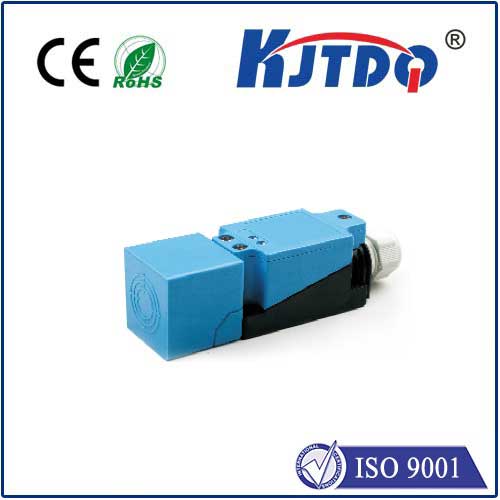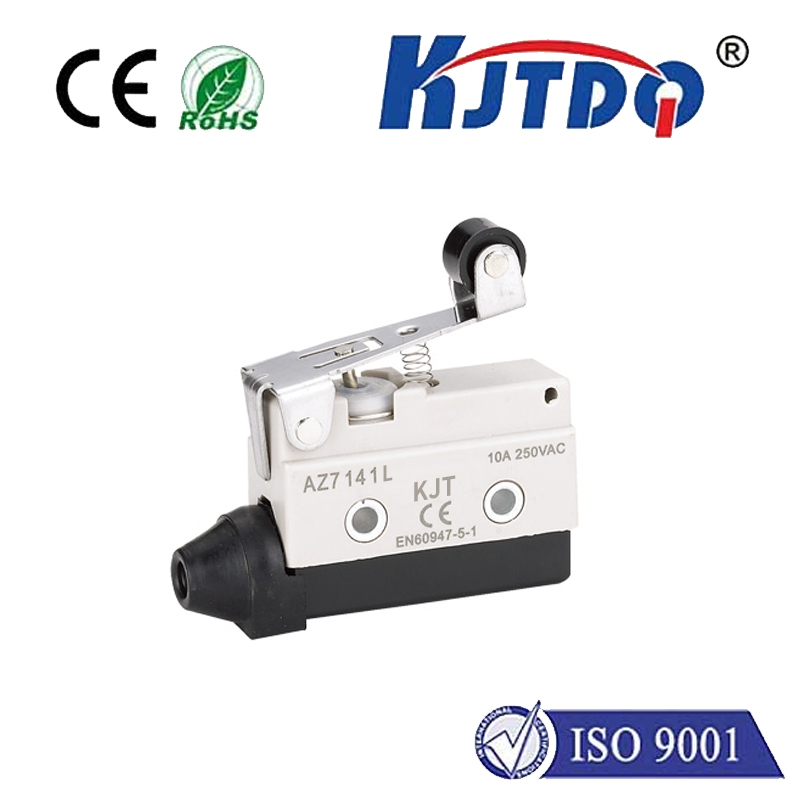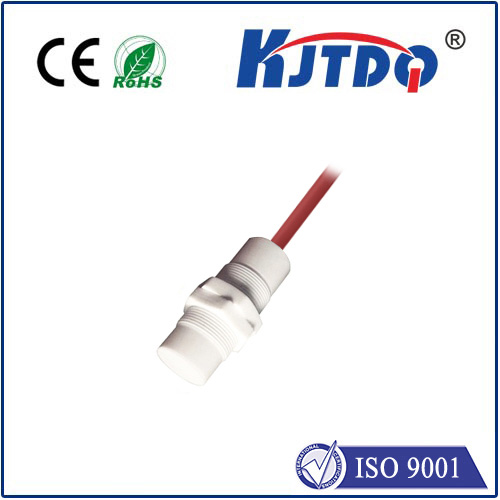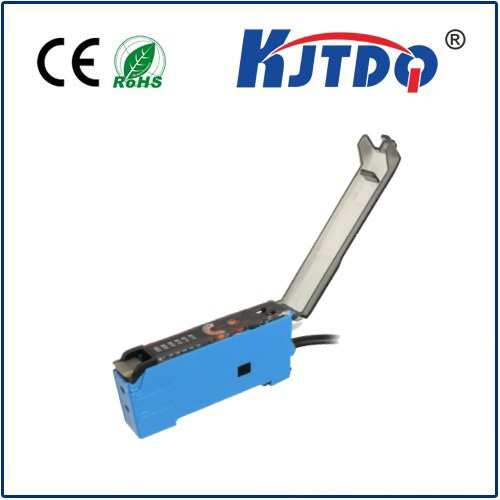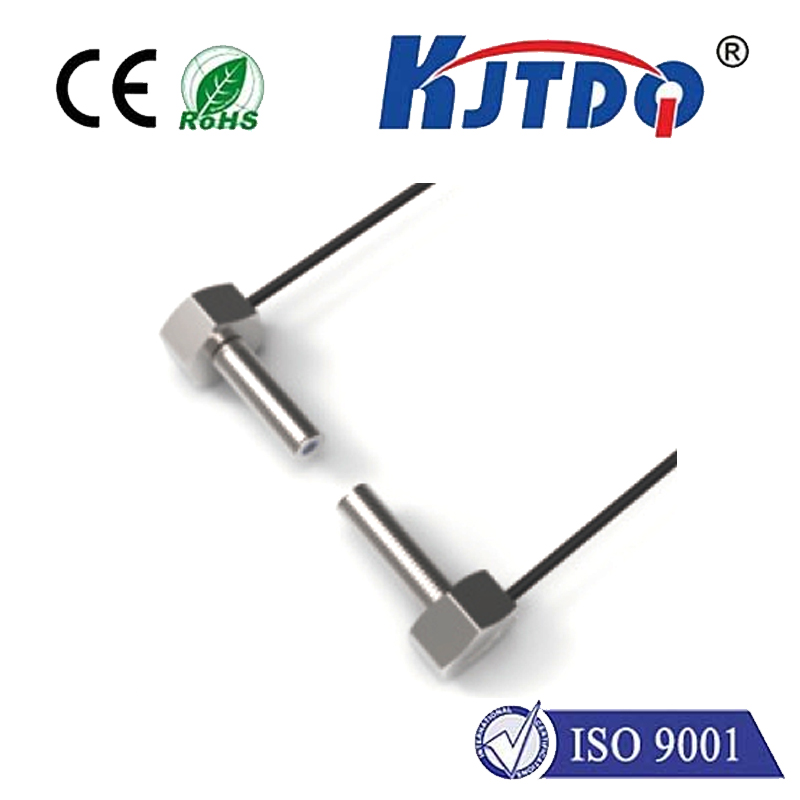automax limit switch
- time:2025-08-04 12:02:11
- Click:0
Automax Limit Switches: The Unsung Guardians of Industrial Precision
Imagine a bustling factory floor: robotic arms welding with pinpoint accuracy, massive presses stamping metal, conveyor belts snaking endlessly carrying components. Now, imagine the chaos if these machines didn’t know when to stop, reverse, or change operation. This is where Automax limit switches, the reliable sentinels of industrial automation, step in. Far more than simple on/off devices, they are critical components ensuring safety, precision, and efficiency within countless automated systems worldwide. Understanding their role reveals the hidden intelligence embedded in modern manufacturing.
What Exactly is an Automax Limit Switch?
At its core, an Automax limit switch is a highly durable electromechanical device designed to detect the presence or absence, or to monitor the travel limit, of a physical object (often called the “actuator” or “target”). When the target makes contact with the switch’s actuator arm (lever, roller, plunger, etc.), it triggers an internal mechanism. This action changes the state of electrical contacts within the switch – typically opening or closing a circuit.
This fundamental signal – essentially a “yes, I’ve been triggered” or “no, I haven’t been reached” – provides vital feedback to a machine’s control system (like a PLC - Programmable Logic Controller). This feedback dictates subsequent actions: stopping a motor, reversing direction, initiating a sequence, activating an alarm, or recording a position. Automax limit switches are renowned for their robustness, designed to withstand the harsh realities of industrial environments – shock, vibration, dust, moisture, temperature extremes, and repeated mechanical stress.
How Do They Operate? Breaking Down the Mechanics

The operation of an Automax limit switch is elegantly simple yet profoundly effective:
- Actuation: A moving part of the machine (the actuator/target) physically engages with the switch’s operating head. This could be a cam, a moving platform, a cylinder rod, or even a product on a conveyor.
- Mechanical Translation: The force from this contact moves the actuator head (lever, roller, plunger), which in turn drives an internal mechanism. This mechanism amplifies the small movement of the actuator to effectively operate the electrical contacts.
- Electrical State Change: The internal mechanism rapidly moves the electrical contacts (spring-loaded for quick, positive action) from one state to another. The most common configurations are:
- Normally Open (NO): Contacts open when idle, close when actuated.
- Normally Closed (NC): Contacts closed when idle, open when actuated.
- Changeover (SPDT - Single Pole Double Throw): Provides both NO and NC contacts in one unit.
- Signal Transmission: The new state of the contacts (open or closed circuit) is instantly communicated to the machine’s control system via the connected wiring. This signal is the crucial input the controller uses to make decisions and control the machine’s operation.
Key Features Defining Automax Reliability
Automax has built its reputation on delivering limit switches that offer consistent performance where it matters most. Several features contribute to this:
- Exceptional Durability: Constructed with rugged housings (often metal like zinc die-cast or high-strength thermoplastics) and high-quality internal components designed for millions of operational cycles.
- Environmental Protection: Many Automax models boast high IP (Ingress Protection) ratings (e.g., IP65, IP67), shielding internal mechanisms from dust and water ingress, making them suitable for demanding applications like food processing or outdoor equipment.
- Variety of Actuators: Catering to diverse applications, Automax offers a wide array of actuator types: flexible roller levers, stiff rod levers, push rods, wobble sticks (with rollers or without), rotary levers, and cat whiskers (forked levers).
- Positive Operation: Engineered for a crisp, reliable “snap-action” that ensures a definite and rapid change in contact state, minimizing arcing and guaranteeing a clear signal to the controller. This positive snap-action is crucial for preventing false signals.
- Versatile Mounting Options: Designed for easy integration, featuring various mounting configurations (e.g., standard base, threaded conduit entry, snap-on bases) to suit different machine designs.
- Clear Status Indication: Many models include visual indicators (like a colored flag) to allow technicians to quickly confirm the switch’s operational state at a glance.
Where Automax Limit Switches Shine: Diverse Applications
The reliability and versatility of Automax limit switches make them indispensable across a vast spectrum of industries:
- Material Handling: Controlling travel limits of overhead cranes, gantries, and hoists; detecting pallet presence/position on conveyors; indicating gate or door position.
- Packaging Machinery: Verifying product presence before sealing, detecting jam conditions, confirming case flap position, controlling the stroke of filling heads.
- Automotive Manufacturing: Monitoring robotic arm limits, confirming fixture clamping, detecting part placement on assembly lines, controlling press stroke endpoints.
- Woodworking & Metalworking: Setting travel limits for saws, routers, presses, and CNC axes; detecting tool magazine position; confirming workpiece clamping.
- Process Control: Verifying valve positions (open/closed), detecting bin/tank level limits, confirming agitator position.
- Access Control & Security: Monitoring gate, door, or barrier position for security interlocks or automated operation.
Selecting the Right Automax Limit Switch
Choosing the optimal Automax limit switch requires careful consideration:
- Actuation Method: What type of target will activate the switch? Linear movement? Rotary? Consider the required force, speed, and the best actuator head style (roller lever for smooth cams, push rod for direct linear contact, wobble stick for multi-directional actuation).
- Electrical Requirements: Determine the voltage, current (amperage), and type of load (AC/DC, resistive, inductive) the switch needs to control. Ensure the switch contacts meet or exceed these requirements. Proper contact rating is vital for longevity and safety.
- Environmental Conditions: Assess the operating environment – temperature range, presence of dust, moisture, oil, chemicals, or explosive atmospheres. Select the appropriate housing material (e.g., metal for high heat/impact, plastic for corrosive environments) and ensure the IP rating is sufficient. Specialized options like washdown models or explosion-proof designs may be necessary.
- Duty Cycle & Life Expectancy: Estimate how frequently the switch will be actuated per hour/day. High-cycle applications demand switches specifically designed for millions of operations.
- Mounting: Consider the available space and the best mounting configuration (base style, orientation) for easy installation and maintenance access.
- Special Requirements: Evaluate if features like slow operation immunity (resistance to false signals from slow-moving targets), high overtravel capability, or pre-wired connectors are needed.
Why Reliability in Position Sensing is Non-Negotiable
In the intricate dance of automated machinery, knowing exactly where components are at any given moment is paramount. Automax limit switches provide this fundamental feedback with unwavering dependability. Their robust construction ensures continuous operation even in punishing environments. Their precise snap-action guarantees a definitive signal the control system can trust implicitly. Whether preventing damage by stopping a motor at its travel limit, ensuring safety by confirming a guard is closed, or initiating the next step in a complex sequence based on part position, the consistent, accurate performance of an Automax limit switch underpins safe and efficient automation. They may work unseen, but their contribution to industrial productivity and safety is immeasurable.






